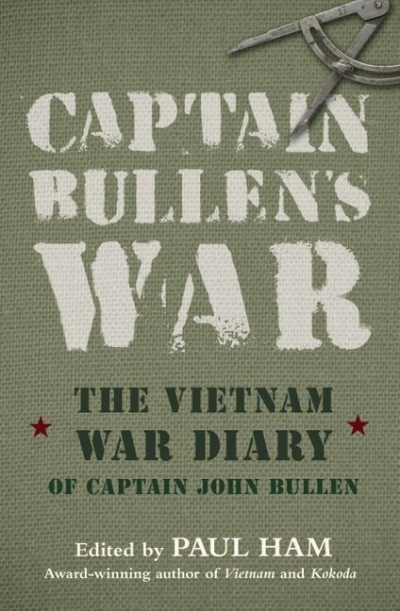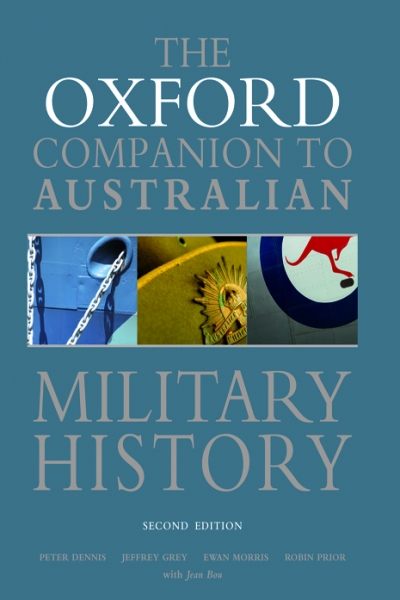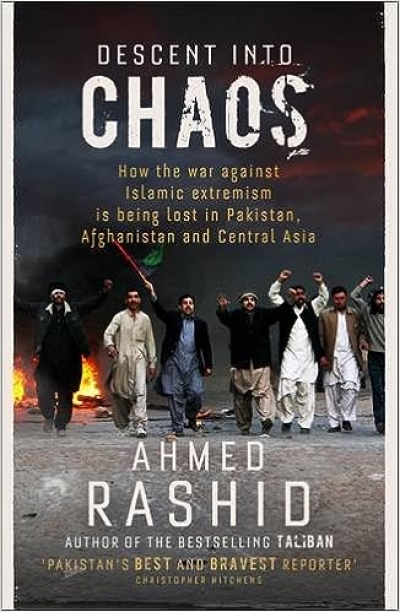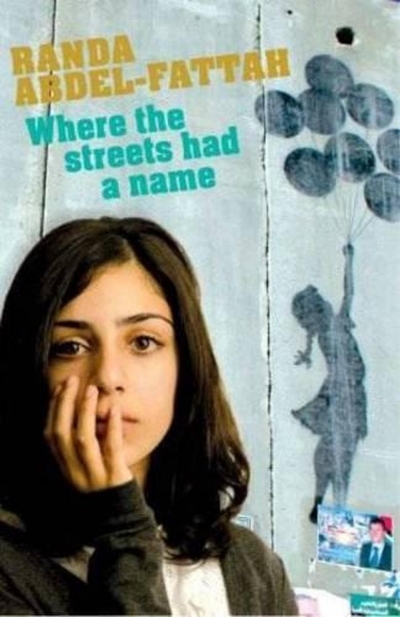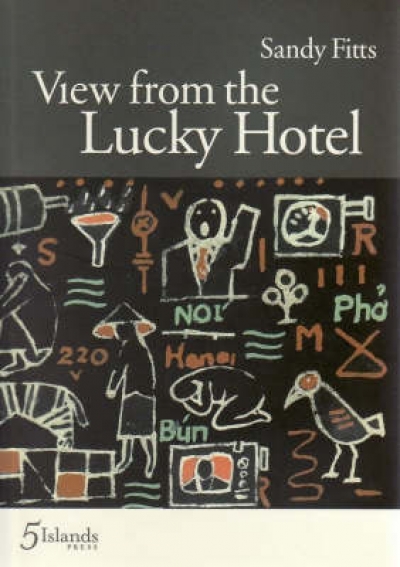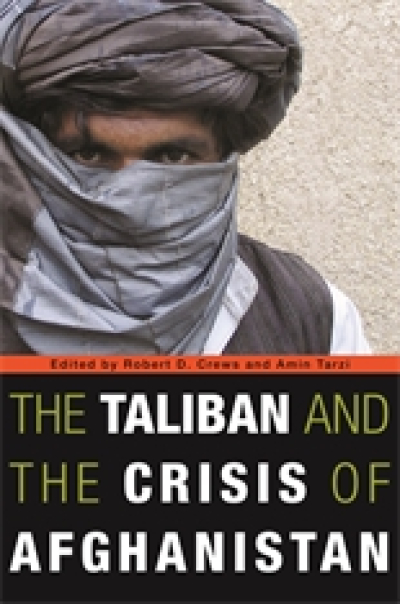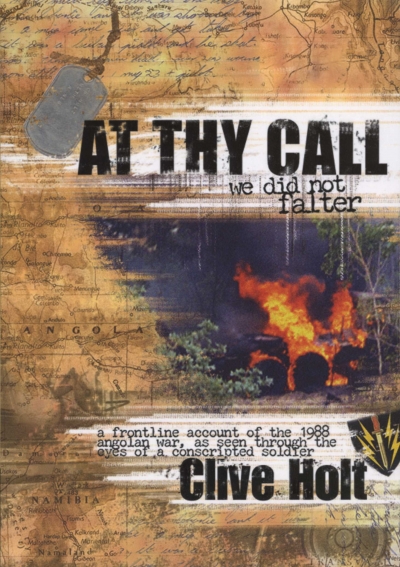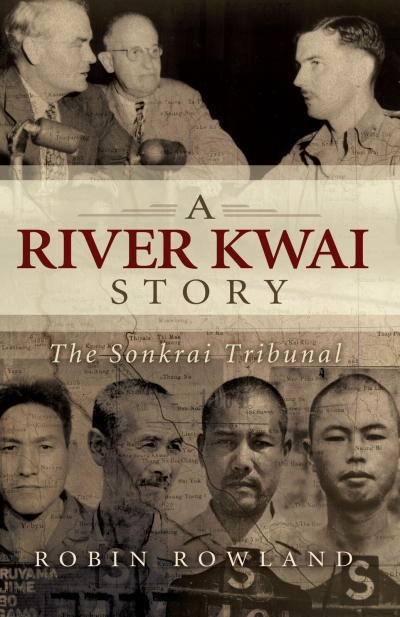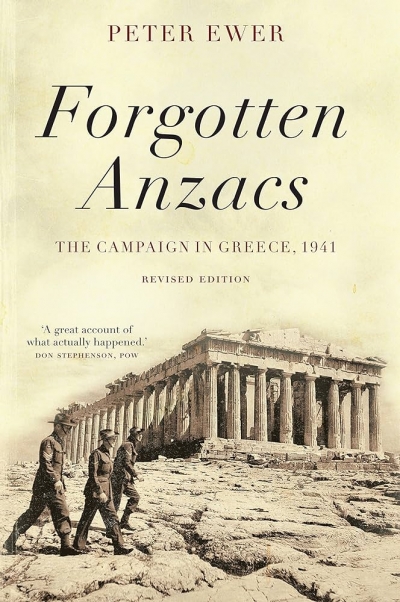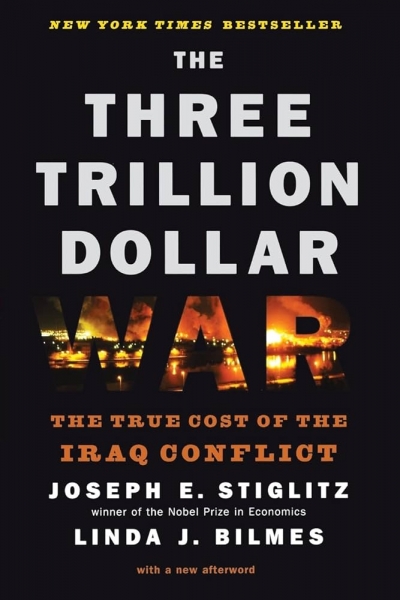War
Captain Bullen’s War: The Vietnam War diary of Captain John Bullen edited by Paul Ham
by Elisabeth Holdsworth •
The Oxford Companion to Australian Military History (Second Edition) edited by Peter Dennis et al.
by David Horner •
Descent into Chaos: How the war against Islamic extremism is being lost in Pakistan, Afghanistan and Central Asia by Ahmed Rashid
by Riaz Hassan •
Where The Streets Had A Name by Randa Abdel-Fattah
by Yossi Klein •
The Taliban and the Crisis of Afghanistan by Robert D. Crews and Amin Tarzi (eds)
by Riaz Hassan •
A River Kwai Story by Robin Rowland & The Men of the Line by Pattie Wright
by John Connor •
The Three Trillion Dollar War: The true cost of the Iraq Conflict by Joseph Stiglitz and Linda Bilmes
by Hugh White •

